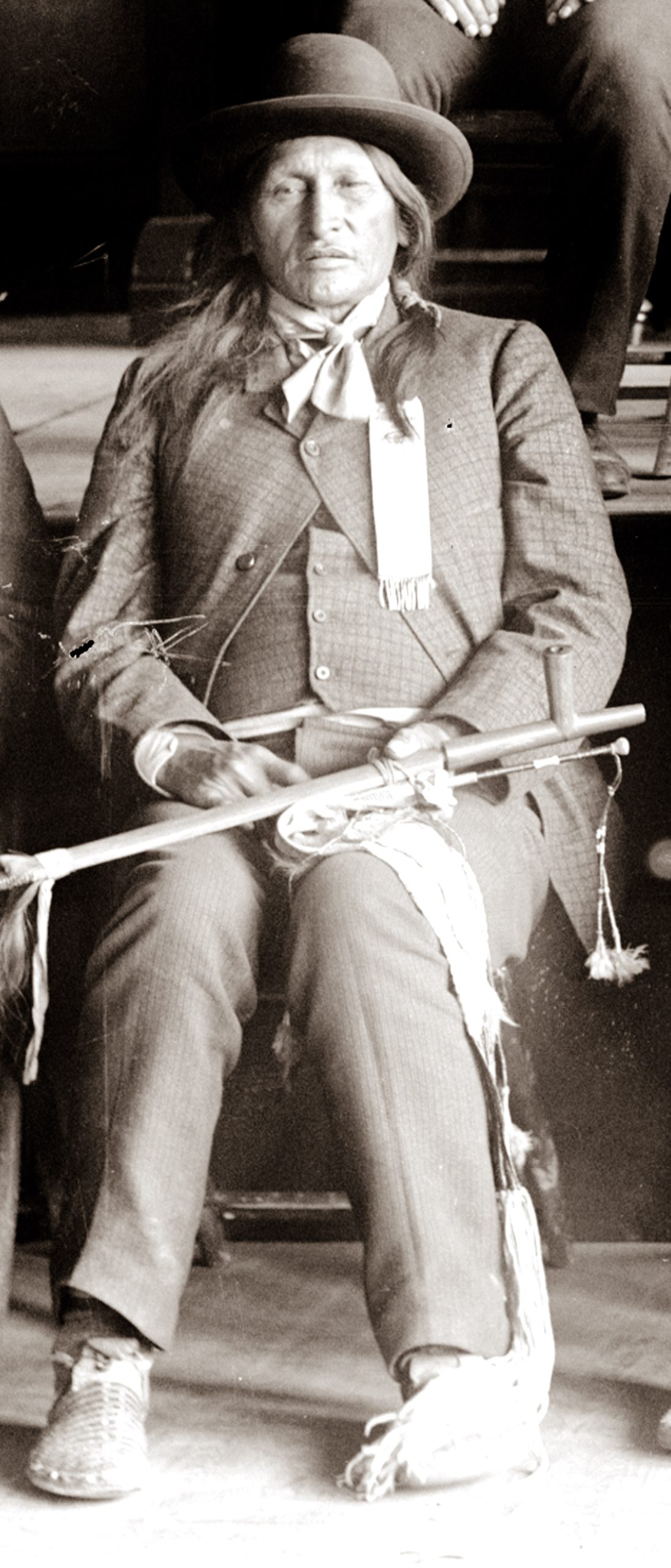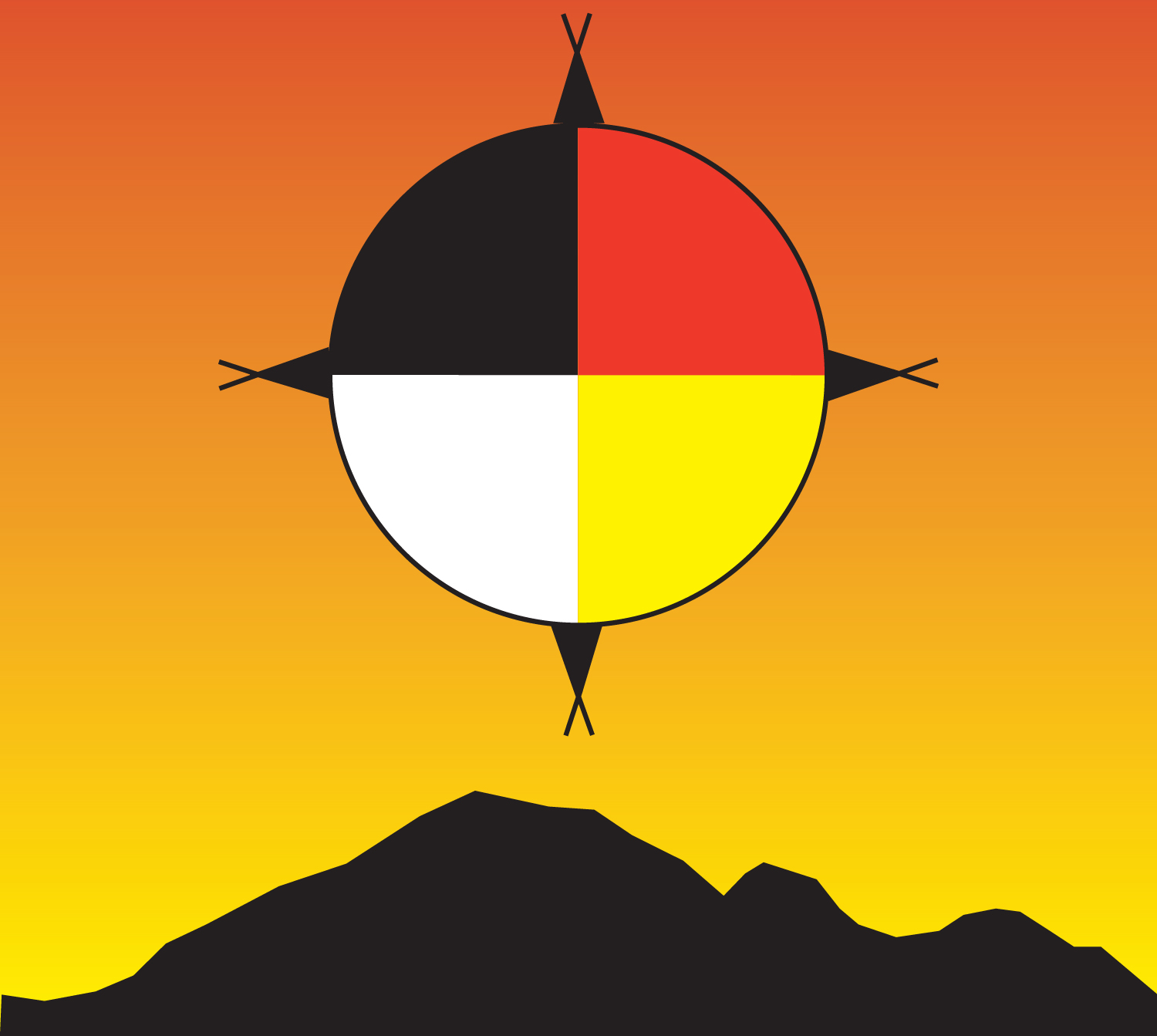Indianz.Com > News > Native Sun News Today: Wounded Knee descendants left out of repatriation process
NAGPRA not followed in repatriation of cultural items
Monday, November 28, 2022
There is an iconic 1890 photo etched deeply in the minds of most people who have ever seen it, a man, Chief Big Foot, body frozen stiff on bloody snow.
For millions of people around the world, this image, and the man, have become a symbol of military aggression, injustice, and murder. Over 250 Lakota, 47 of them women and children, were surrounded by elements of the Seventh Cavalry and while the process of disarming them was well underway, a rifle shot rang out, initiating a mass slaughter.
Although the U.S. Congress officially expressed their “deep regret” for this incident in 1990, they did not apologize, and the history since the massacre has been filled with reactions and consequences that resonate powerfully to this very day.
The lineal descendants of Chief Big Foot still survive, like Calvin and Michelle Spotted Elk, and there are two salient facts misunderstood about their ancestor. One, he was not Oglala, and those who followed him were not either; he came down to the Pine Ridge Reservation from his home on Cheyenne River, the home of the Four Bands, Minnecoujou, Oohenunpa, Itazipico, and Sihásapa. Along with some Hunkpapa from Standing Rock, these are the people who died at Wounded Knee.
NATIVE SUN NEWS TODAY
Support Native media!
Read the rest of the story on Native Sun News Today: NAGPRA not followed in repatriation of cultural items
Contact James Giago Davies at skindiesel@msn.com
Note: Copyright permission Native Sun News Today
Search
Filed Under
Tags
More Headlines
Senate Committee on Indian Affairs sets business meeting and hearing
Native America Calling: Saving historic architecture and other important places
VIDEO: H.R.2400, the Pit River Land Transfer Act of 2025
VIDEO: H.R.3620, the Southcentral Foundation Land Transfer Act of 2025
VIDEO: H.R.2815, the Cape Fox Land Entitlement Finalization Act of 2025
AUDIO: H.R.2400, the Pit River Land Transfer Act of 2025
AUDIO: H.R.3620, the Southcentral Foundation Land Transfer Act of 2025
AUDIO: H.R.2815, the Cape Fox Land Entitlement Finalization Act of 2025
Native America Calling: Native in the Spotlight with Randy Taylor
NAFOA: 5 Things You Need to Know this Week (December 15, 2025)
Chuck Hoskin: Cherokee Nation celebrates milestone in tribal gaming
Native America Calling: A Native entrepreneur’s view of the retail shopping season
VIDEO: H.R.2916, a bill to ratify the Akwesasne Mohawk Land Claim
VIDEO: H.R.2389, the Quinault Indian Nation Land Transfer Act
VIDEO: H.R.2388, the Lower Elwha Klallam Tribe Project Lands Restoration Act
More Headlines
Native America Calling: Saving historic architecture and other important places
VIDEO: H.R.2400, the Pit River Land Transfer Act of 2025
VIDEO: H.R.3620, the Southcentral Foundation Land Transfer Act of 2025
VIDEO: H.R.2815, the Cape Fox Land Entitlement Finalization Act of 2025
AUDIO: H.R.2400, the Pit River Land Transfer Act of 2025
AUDIO: H.R.3620, the Southcentral Foundation Land Transfer Act of 2025
AUDIO: H.R.2815, the Cape Fox Land Entitlement Finalization Act of 2025
Native America Calling: Native in the Spotlight with Randy Taylor
NAFOA: 5 Things You Need to Know this Week (December 15, 2025)
Chuck Hoskin: Cherokee Nation celebrates milestone in tribal gaming
Native America Calling: A Native entrepreneur’s view of the retail shopping season
VIDEO: H.R.2916, a bill to ratify the Akwesasne Mohawk Land Claim
VIDEO: H.R.2389, the Quinault Indian Nation Land Transfer Act
VIDEO: H.R.2388, the Lower Elwha Klallam Tribe Project Lands Restoration Act
More Headlines

